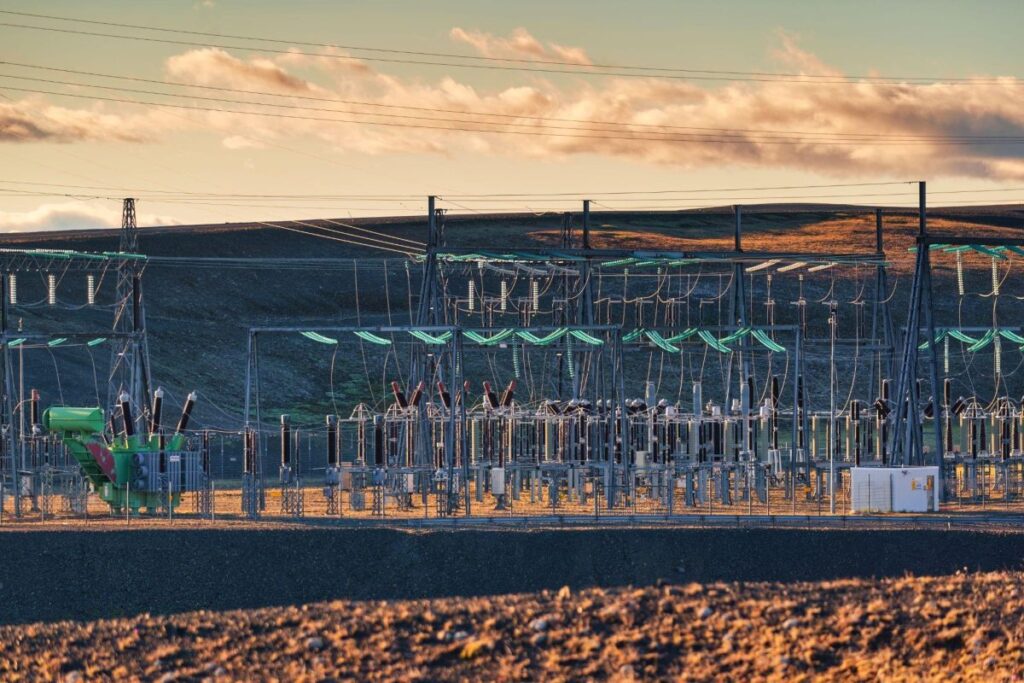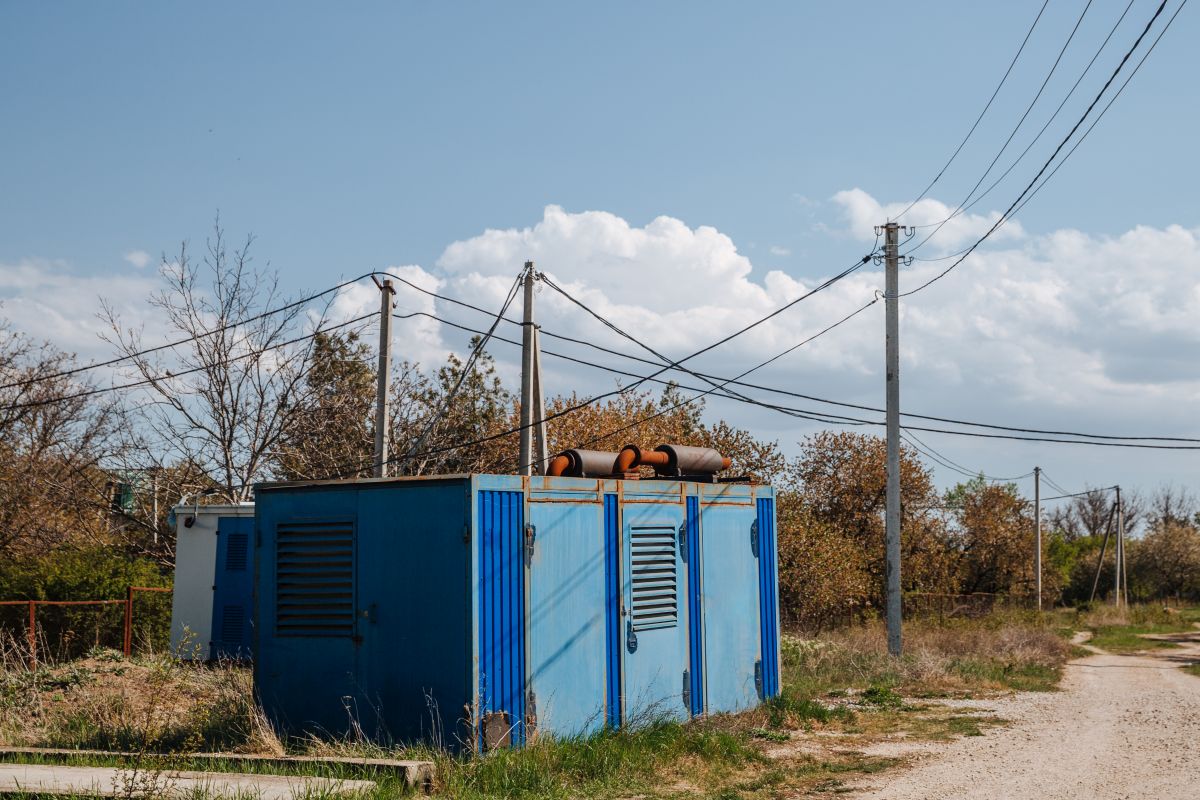WWW.UTILITYDIVE.COM
The West-Wide Governance Pathways Initiative is proposing a regional organization to oversee the Western Energy Imbalance Market and the Extended Day Ahead Market.
“This proposal breaks through a significant barrier and enables the additional progress for electricity markets through voluntary market structures that the West has been working towards for decades,” the initiative’s launch committee said in its proposal released Sept. 26.
The Pathways Initiative – started last year at the urging of utility regulators from five states – aims to create the largest Western power market possible that includes California while minimizing costs, according to the proposal.
The 26-member launch committee includes utilities, consumer advocates, public power utilities, generators and power marketers, public interest organizations, labor and others from across the West, according to the proposal.
The proposal is the second step in a two-phase process of creating an independent organization to oversee the EIM and pending EDAM, which are run by the California Independent System Operator.
In the already approved first phase, the Western Energy Markets Governing Body was granted primary authority over the EIM and EDAM, reducing the role of CAISO’s board.
The second phase would create the regional organization and give it sole authority over the markets, which would be run by CAISO. “It aims to implement the regulators’ vision of a regional energy market with a large and inclusive footprint, maximizing independence while retaining and leveraging the existing market infrastructure to minimize costs,” the launch committee said in the proposal.
The initiative is developing its two-step plan in a way that would allow for the eventual creation of a voluntary regional transmission organization in the West.
“We’ve outlined how this organization can evolve to offer the full range of RTO services,” Brian Turner, a director with Advanced Energy United and member of the launch committee, said in an interview. “Utilities and their state regulators want to evaluate the costs and benefits for them on every part of the journey towards full RTO services. So this allows for that. It allows for an evolution, and to some extent, an à la carte menu of what services serve best for each utility in each state.”
The initiative is proposing that the regional organization would be a non-profit that operates in the public’s benefit, according to Turner.
To support the public interest, the proposal calls for creating a “body of state regulators,” an independent consumer advocate organization and an office of public participation, Turner said.
It also includes a stakeholder committee that could play a key role in policy development, according to Turner. “The (stakeholder committee) will work closely with (regional organization) staff to catalog and prioritize initiatives, define problem statements, and develop solutions,” the launch committee said in the proposal. “The (committee) will not be decisional, but will facilitate sector input.”
The launch committee is still working to craft a proposal for defining the sectors that would be represented on the committee, according to Turner.
At first, the regional organization would have limited staffing with an estimated annual cost of $1.25 million to $1.5 million, according to the proposal. Annual costs could grow to $10 million to $14 million as the organization develops, the launch committee said.
The Pathways Initiative is holding a public meeting on Friday to discuss the proposal. Comments on it are due by Oct. 25 and the group aims to make a final decision in mid-November. The initiative intends to launch the regional organization in early 2026.
NV Energy is expected to ask Nevada regulators later this year for permission to join the EDAM, a move that will trigger the first phase of the Pathways Initiative, according to Turner. The Federal Energy Regulatory Commission will need to approve the phase-one shift in the governance structure giving more authority to the Western Energy Markets Governing Body. Also, California lawmakers will need to pass legislation next year to enable the regional organization.












